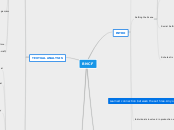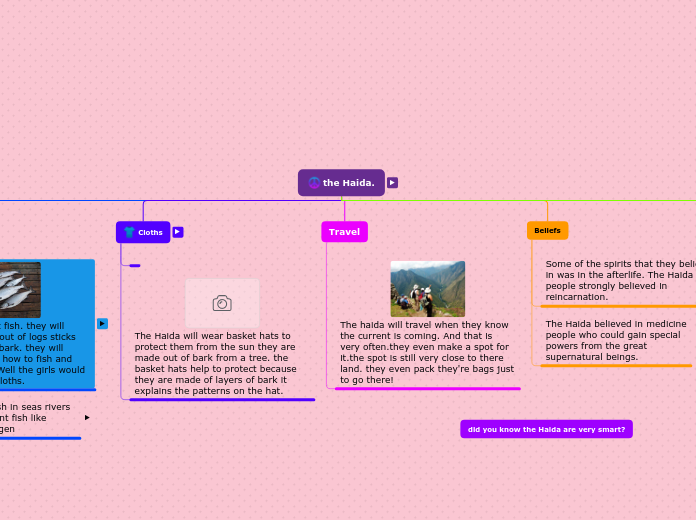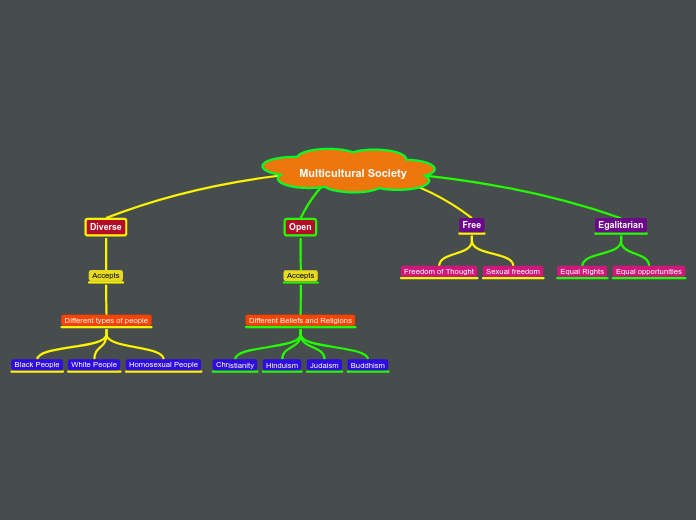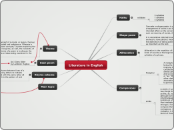Arguments
Pagan gods' enduring prominence due to their becoming representations as metaphors/ guides to understanding nature of divinity and man's purpose. Pagan myths serve as vehicle for philosophical/ humanistic thoughts of the Renaissance (as argued by Seznec); "Concealing truth behind the mantle of myth"
Continuation or break from Medieval tradition? (i.e. paradigm shifts) / Tradition vs nnovaton
How do ideas work in a culture? How are they disseminated? Content vs approach. mostly oral tradition) Whats the cacapacity of the audience to receive the message? What have they heard/ what what are they reading? How has their culture influenced their ability to understand/ learn?
Depends on which aspects we're analysing:
social structure = needs more research
political organisation = break (from feudal system)
cultural legacy = mixed?
Scholastic legacy = break
Seznec argues that mythological tradition= continuation
Constantly changing culture
metrics for changing political culture, values and expectations?
Disconnection between ideological, mythical beliefs and daily social interactions and behaviour
BNCF
OTHER PRIMARY DOCUMENTS TO SUPPORT READING OF THIS DOCUMENT
TEXTUAL ANALYSIS
What is the text missing?
What does this absence of further info tell us?
Significance to writers/ readers
Religious
Scholastic
Social/ cultural
mythology's role in role in nourishing contemporary culture
In political terms
Characters
Patristic
Origen
Historical
Horace
Petrarch
Founder of Humanism
Often treated with almost religious reverence
Magi of Egypt
Ovid
Aeschylus
Homer
Stoics
St Thomas Aquinas
Known for introducing philosophies as dialogues
Dante
Plato
Cicero
Virgil
Artistotle
Contemporary
Neoplatonists
Cosimo de Medici
Some of his close friends:
Naldo Naldi, Alessandro Braccesi, Niccolò
Michelozzi, and Angelo Poliziano.
Edited works of Porphyry, Iamblichus, Proclus
Saw all mythologies through their interpretations (which he and his students held in high esteem)
Biblical
Mythological
Egyptian
Roman
Greek
Themes
Magic/ witchcraft
natural vs spiritual demonic
Natural magic Practised by Pico and Ficino
Time
Reconciling Christianity with paganism
Christian hostility to paganism
Practices
Specific beliefs
Belief that knowledge of natural history= essential to accurate reading of Scripture/ understanding of the Divine
magicians
angels
demons (friendly and unfriendly)
Astrology
Fatalism vs free will
Science vs superstition
Astronomy
Romance of Euhemerism
parallels drawn with the biblical tales
Parallels between deities and saints (both purpose oriented)
History of paganism under Christian rule
Development from gods as benefactors to all humanity to specific subsets of people
Theological/ scholastic/ cultural difference between the Middle Ages and Renaissance- a schism or a continuation? A. Both, depending on the category and lens
How was it able to develop so completely when posing threat to the church?
development of mythologies' origins
Recent wars/ battles/ upheavals
Significance for current culture
Legacy of ancient philosophy
how that affects current culture
Civil life
Micro vs macrocosmic thinking
Man's purpose
Divinity of the soul
The universe/ world
Nature
Editorial Notes
Tropes
Devices
Moralising tools
Allegory
Parable
Structure
Text's plotline/ narrative (general summary)
FLORENTINE SOCIETY
Who were the humanists?
Core group of exceptional humanists
men and women outside core group of humanists= primary audience for humanist and classical books. Most part of higher society. (amateur/ professionals)
Lauro Martines:very few humanists were wandering scholars
who used letters for subsistence and languished outside the halls of political
power. Rather, humanists were members of wealthy and powerful
political groups within Florentine society.
Resources
Philosophical issues/ questions
Man's place in the cosmos
Behaviour
Moral ideologies
Civic humanism
ideal of the active life of a citizen.8
Cultural influences
Scholastic trends
how were ideas disseminated?
INTRO
Introducing the text
Text's main argument
Text's summary
Significance of text's format (see p.56 on of Edelheit)
Individuals involved in production of text
Author
What is prerogative/ agenda of author? To what extent is his work scholastic, religion- oriented, pandering to what he believes patron wants to hear? How do we determine this? See Maxson- literary patronage
Lorenzo de Medici
Why would he commission the piece?
diplomatic efforts
Personal interest
Supporting development of humanism
attempted to merge Plato's ideas with Christianity
Poliziano
Ficino
Pico de Mirandola
Expanding Laurentian library
Del Nero
Setting the Scene
Scholastic movements/ trends
Influence of noteworthy works
John Ridewall's work (mid 15th century)
Notes on style/ conventions f humanistic writing
cicero considered "purest model of prose" (Burckhart, 2014)
How humanistic thought may have influenced structure/ emphasis of specific themes
importance of beauty of expression/ prose
beauty of nature
emphasis on natural sciences
Social Setting
Advent of printing
Civic vs country culture- "two city model"
codependent / symbiotic relationship between the plebians and patricians
Limited social mobility
Political Setting
Political Crisis
Crusades
Translation of Latin docs by Jews
Increased popularity of astronomy
Accessibility to Arabic philosophy
Economic Setting
Religious Setting
Influence of other religions: 'Oriental' (Babylonian, Persian, Chaldean etc), Islam, Judaism)
Spiritual Crisis
Edelheit: sparked by Black Death
Historiography
Historiographical interpretations of humanism
Hans Baron
pointed
to the ideal of the active life, particularly in the context of a republic, as the
defining aspect of humanist thought
Margery Ganz, Arthur
Field, Mark Jurdjevic, and others have convincingly argued that this ideal
of “civic humanism” continued even after many Florentine intellectuals
began focusing on metaphysical questions
Eugenio Garin
focused on the
philosophical writings of the humanists and argued that they shared an
advocacy for the active life and a rudimentary form of historicism
Paul Oskar Kristeller
argued that humanists focused on the five subjects of the studia
humanitatis – history, poetry, grammar, rhetoric, and moral philosophy
Ronald Witt
argued that
the style of humanist Latin set humanists apart from previous thinkers
and authors. This style gradually moved across literary genres and culminated
in changes in oratory in the early fifteenth century









